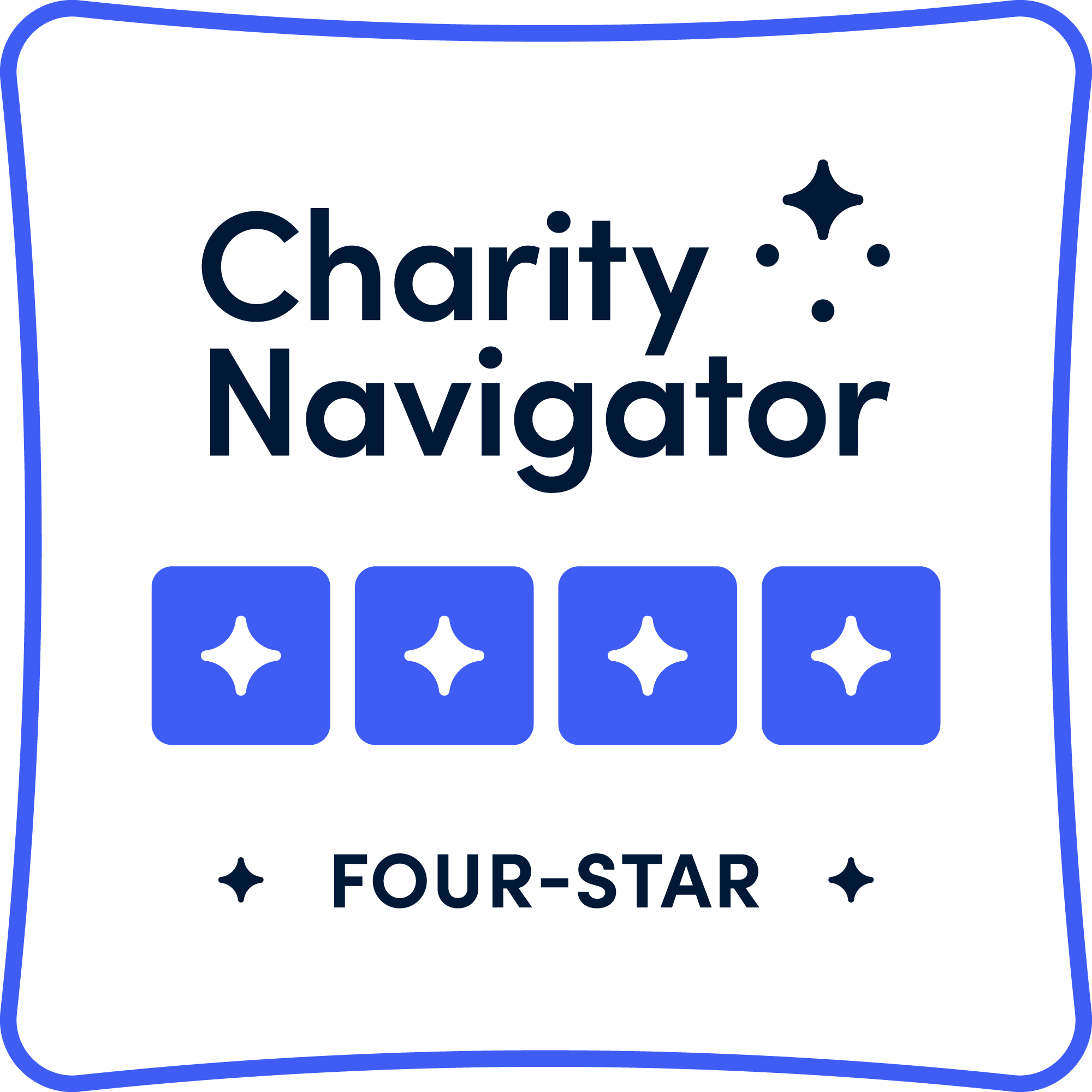Oceans cover the majority of our planet; they are home to sea animals like starfish, whales, and jellyfish and they play a huge role in regulating the climate. You may have heard that the oceans are changing because of climate change, but what does that really mean? This collection of ocean lesson plans and resources will help teachers feel prepared to teach their students about the challenges facing our oceans and what we can do to save them.
Whether you are looking for ways to teach about ocean ecosystems, currents, rising sea levels, or warming waters, these ocean lesson plans will give you the tools you need to deliver a standards-aligned lesson to your students. SubjectToClimate has ocean lesson plans and resources for students in grades K-12 that cover a wide array of topics related to the health and well-being of our oceans, including how climate change is affecting marine life, such as coral, sea turtles, and even seagrass. As global temperatures rise and oceans warm, melting ice and sea level rise also present problems for life on land. The following resources will help teachers feel prepared and motivated to bring these topics into the classroom and help inspire the next generation to respect









































































